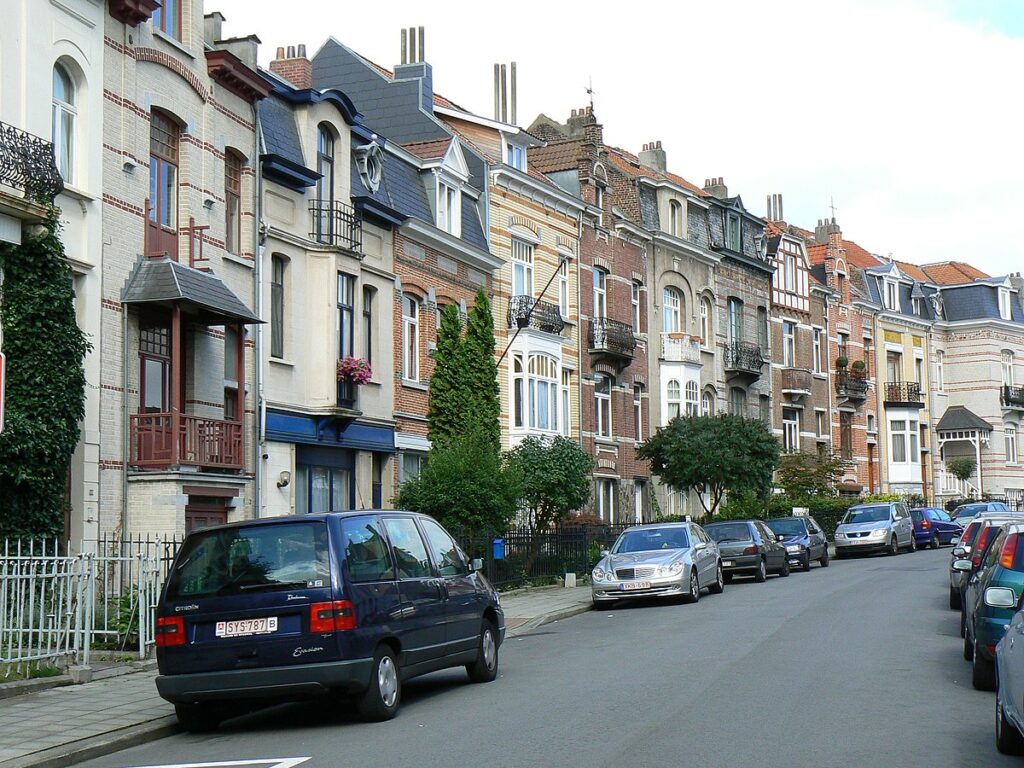38.1% of homes in Brussels were occupied by their owners in 2021, according to the latest Belgian Census. This marks a slight rise (+0.1%) since the previous year, with a total of 200,379 homes in the Brussels-Capital Region falling into this category.
In total, 3.19 million out of 4.94 million homes (64.5%) across Belgium were owner-occupied, down from 65.6% ten years ago. Owner-occupied homes are most concentrated in the municipalities of Aalst (68.2%), Kortrijk (67.7%), Hasselt (66%), Bruges and Mechelen (both 64.8%).
The Brussels-Capital Region is the only area of Belgium to have increased rather than decreased in this respect.
Getting on the property ladder
Property prices in Belgium have been rising for some time but have currently stabilised in Brussels. This is due to a higher household purchasing power which is boosted by low inflation and wage indexations.
Nevertheless, getting on the property ladder in the first place is challenging, especially for lower-income families. An OECD report in February underlined the growing gap between Brussels' relative wealth and its fair distribution. 60% of Brussels citizens are renters and the average household spends 35% of its income on housing, which rises to 43% for those living precariously.
The census results also found that real estate prices soared in 25 years, rising by 170% between 1996 and 2020 compared to an OECD country average of less than 50%.
In a similar vein, a National Bank of Belgium (NBB) report in 2022 revealed that home ownership in Belgium has fallen to record lows, with mortgage loans rising from 24.7% to 27.1% of households' net disposable income.

